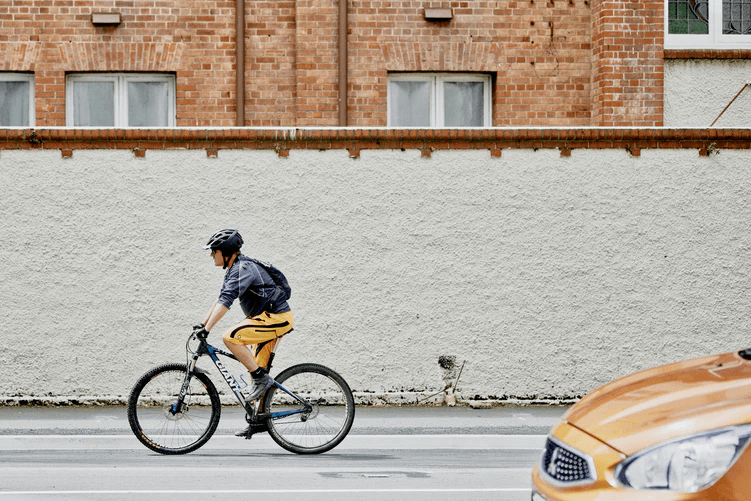Imagine you’re riding your bicycle on a sunny Saturday afternoon listening to your favourite podcast, then BOOM! The next thing you notice, you’re lying on the tarmac. Maybe you’ve hit the sidewalk barricade, or perhaps a driver didn’t see you. Either way, you’re lying face smack on the road, feeling shocked and devastated. At this point, you’re not sure how to react, especially if another driver is to blame. In such a scenario, your body tends to dump adrenaline into your system. This masks the pain of any injuries sustained, and you’re prone to react out of anger.
What You Need To Do When Involved In A Cycling Accident
You might end up admitting liability when it wasn’t your fault. Stop for a minute and replay the events slowly and calmly in your head. This article provides a checklist of things you need to do when involved in a cycling accident. Let’s dive in!
Wait for Law Enforcement Officers to Arrive
The law requires that you and the motorist involved in the accident legally remain at the accident scene. This makes it easier for them to gather more information about the accident and assess the scene for evidence. It’s in your best interest to learn more about why law enforcement officers matter in your case from this website and even if you’re not injured, wait for the police to arrive. Because of the adrenaline rush, it may mask your pain, and you may realize later that you were injured. Leaving the scene only makes matters worse as the motorist can’t be tracked by police officers.
Don’t Negotiate with the At-Fault Party
Never negotiate with the at-fault driver. Sometimes, the driver may hide their real identity or give you incorrect insurance information or vehicle information. Generally, most drivers who cause an accident will apologize at the scene and accept blame for the accident. But later, when they’ve had time to think about the consequences of their negligence, they will deny that they were negligent. Sometimes, they’ll even deny that they were present at the accident scene. This is why it’s in your best interest to wait for the police. The police have the authority to demand the driver’s identity, insurance information, and vehicle registration.
Take Pictures and Video
Record videos and take pictures of the vehicle (s) involved, nearby traffic lights, street signs – generally anything that qualifies as evidence! Also, take photos of potholes showing clearly their depth, width, and length. Additionally, ensure you reference the exact location by fixed landmarks or street signs. What’s more, if you have a headcam or car(s) involved, have dash cams, and gather more details about the footage. If possible, ensure you retain a copy of the footage.
Ensure the Police Take Your Report
Sometimes, law enforcement officers are more concerned with recording a motorist’s version of events than a cyclist’s. Ensure your statement of what happened is included in the report. Notify the police officers of any injuries, no matter how small it may seem (a minor injury can develop into something big later). If your statement isn’t included in the report at the scene, ensure it’s modified later. Follow the matter to the police station and ensure the report is documented. All in all, what matters is that you get the accident report number and record it somewhere.
Document Your Injury
Ensure you seek medical attention for your injuries, no matter how minor they are. Showing evidence that you sought medical attention serves as proof that you were injured. Additionally, the medical documents will serve to show the extent of such injuries. If possible, take several photos of your injuries immediately after the accident. Also, remember to keep a journal of your physical symptoms and make entries every day. If you decide to seek compensation, your lawyer will need this information. It will help cement the grounds for a genuine case and build on existing evidence.
Insurance
Remember to ask the at-fault driver for their insurance details. However, don’t discuss the events of the accident with them. Also, avoid any financial offer from them until you seek legal representation. Sometimes, some motor insurance firms may contact you to make an early statement with a cheap offer. You should avoid accepting any offers until you have obtained the relevant legal advice. Finally, remember to keep the damaged items safely for inspection.
There you have it! The ultimate checklist if you’re involved in a cycling accident. Remember that as a cyclist, you have the same rights and responsibilities as other road users. Motorists need to respect other road users and be mindful of how they share the road with cyclists. Even with this, ensure you take the appropriate steps after an accident to ensure your rights are protected.
